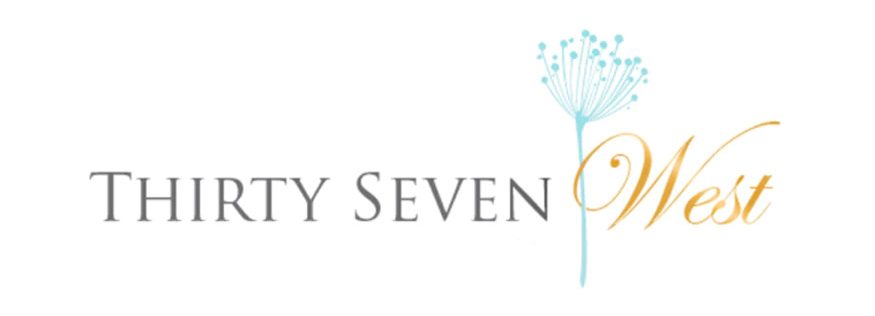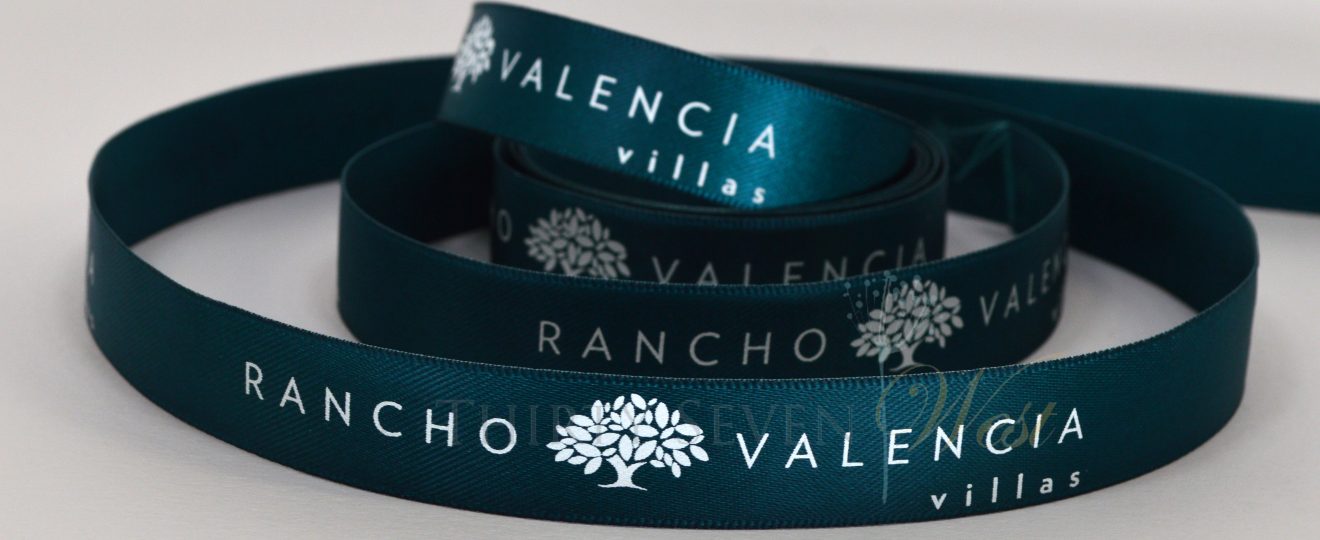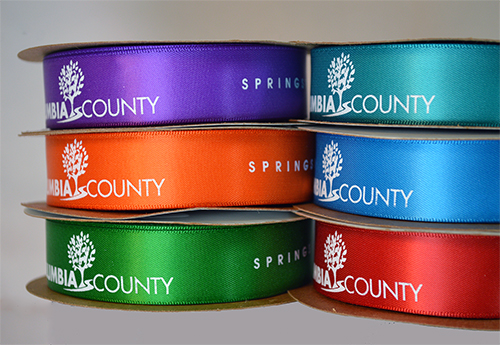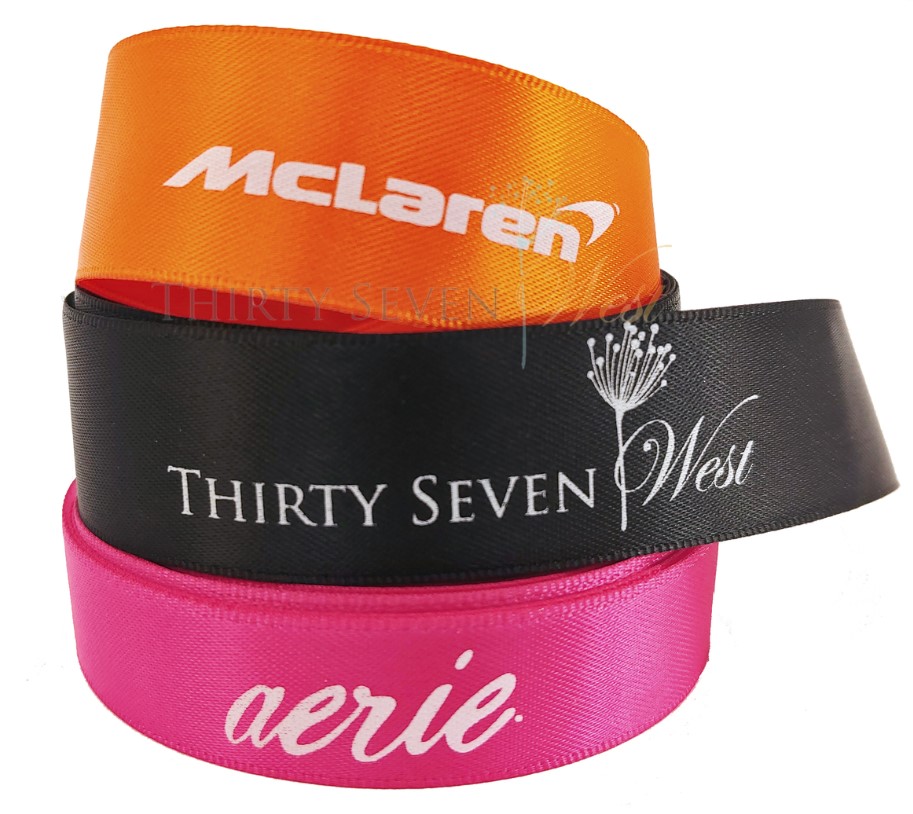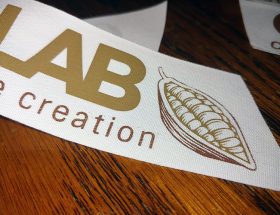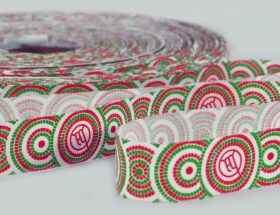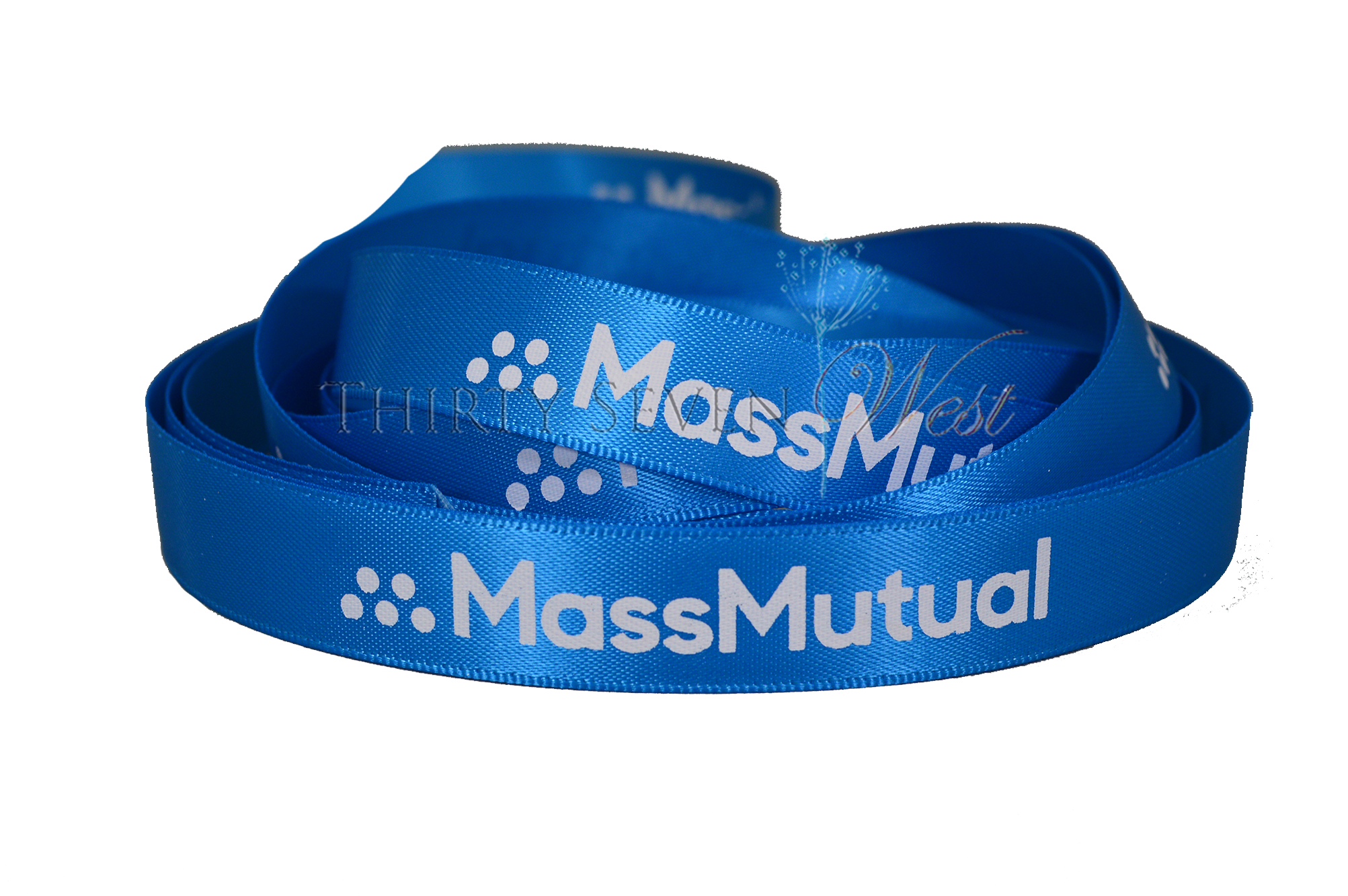 Understanding Custom Logo Ribbons
Understanding Custom Logo Ribbons
Custom logo ribbons are a versatile tool used in various industries, from retail to events, to add a touch of personalization and branding to products and gifts. These ribbons can be adorned with logos, brand names, or special messages, making them an excellent choice for businesses looking to enhance their brand visibility. The choice of printing method can significantly impact the final look and feel of the ribbon, which is why it’s crucial to understand the differences between Permanent White Print and Hot Stamp.
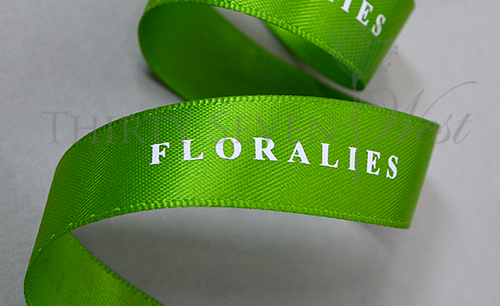 What is Permanent White Print?
What is Permanent White Print?
The Permanent White Print method involves applying a white ink directly onto the ribbon. This technique is known for its durability and the crisp, clean lines it produces. The white print stands out vividly against darker colored ribbons, making it a popular choice for brands looking to create a high-contrast, eye-catching design.
Advantages of Permanent White Print
One of the main advantages of Permanent White Print is its longevity. The print is designed to withstand various environmental factors, ensuring that the branding remains vibrant and visible over time. Additionally, this method allows for intricate designs and fine details, making it ideal for complex logos and text. The white ink does not fade easily, maintaining its bright appearance even after extended use.
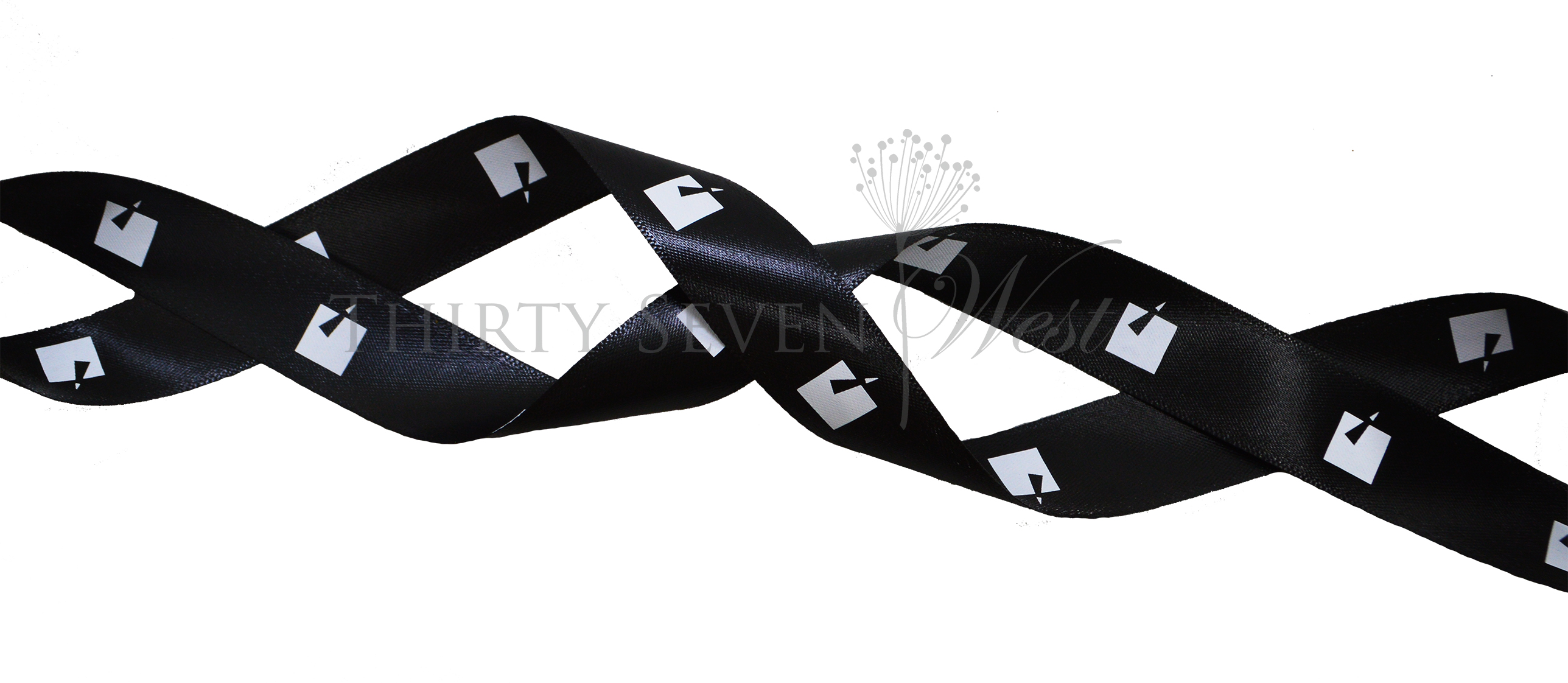 Applications of Permanent White Print
Applications of Permanent White Print
Permanent White Print is commonly used in industries where durability and high visibility are paramount. This includes sectors like retail, where branded ribbons are used for product packaging, or at events where they serve as decorative elements or promotional items. The method is also suitable for outdoor applications, as the print can endure exposure to sunlight and weather conditions without degrading.
Hot Stamp is a traditional printing technique that involves transferring a foil onto the ribbon using heat and pressure. This method is renowned for its ability to create a shiny, metallic finish that adds a touch of elegance and sophistication to the ribbon. Hot Stamping is available in various colors, including white, providing flexibility in design and branding.
Advantages of Hot Stamp
The primary advantage of Hot Stamp Print lies in its aesthetic appeal. The metallic sheen produced by this method can make logos and text stand out, giving the ribbon a luxurious and premium look. This technique is also versatile, allowing for a wide range of colors and finishes, including matte and gloss. Hot Stamping is well-suited for simple designs and bold text, where the metallic effect can be fully appreciated.
Hot Stamp is often used in high-end retail and luxury markets where the visual appeal of packaging is crucial. It is also a popular choice for special events, such as weddings or corporate gatherings, where the ribbon needs to convey a sense of elegance and exclusivity. Additionally, Hot Stamp can be used for promotional items, adding a touch of class to giveaways and branded merchandise.
Disadvantages of Hot Stamp
Hot Stamp is a great option for smaller orders, or when looking to keep costs down. However, it can come with some disadvantages compared to the permanent white print. As the hot stamp process is done with foil, while the print is pretty tenacious with clean, clear images, the color(s) are Not Pantone matched, nor is the print as durable and will rub, peel or flake with handling and will likely show where a knot has been. Our hot stamp ribbon is absolutely one of the finest quality in the industry for hot stamp printing.
